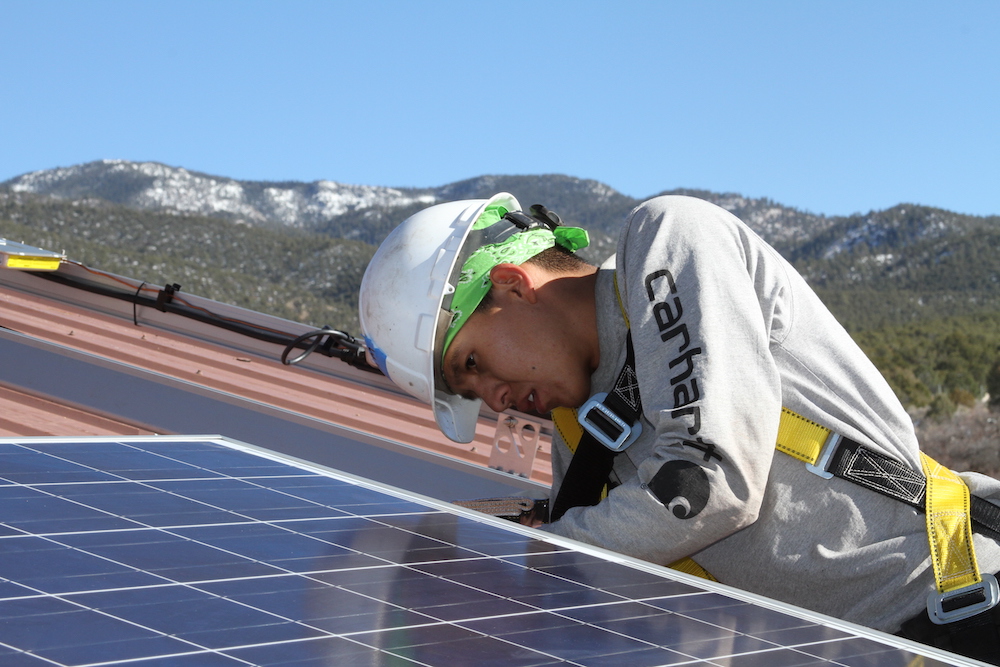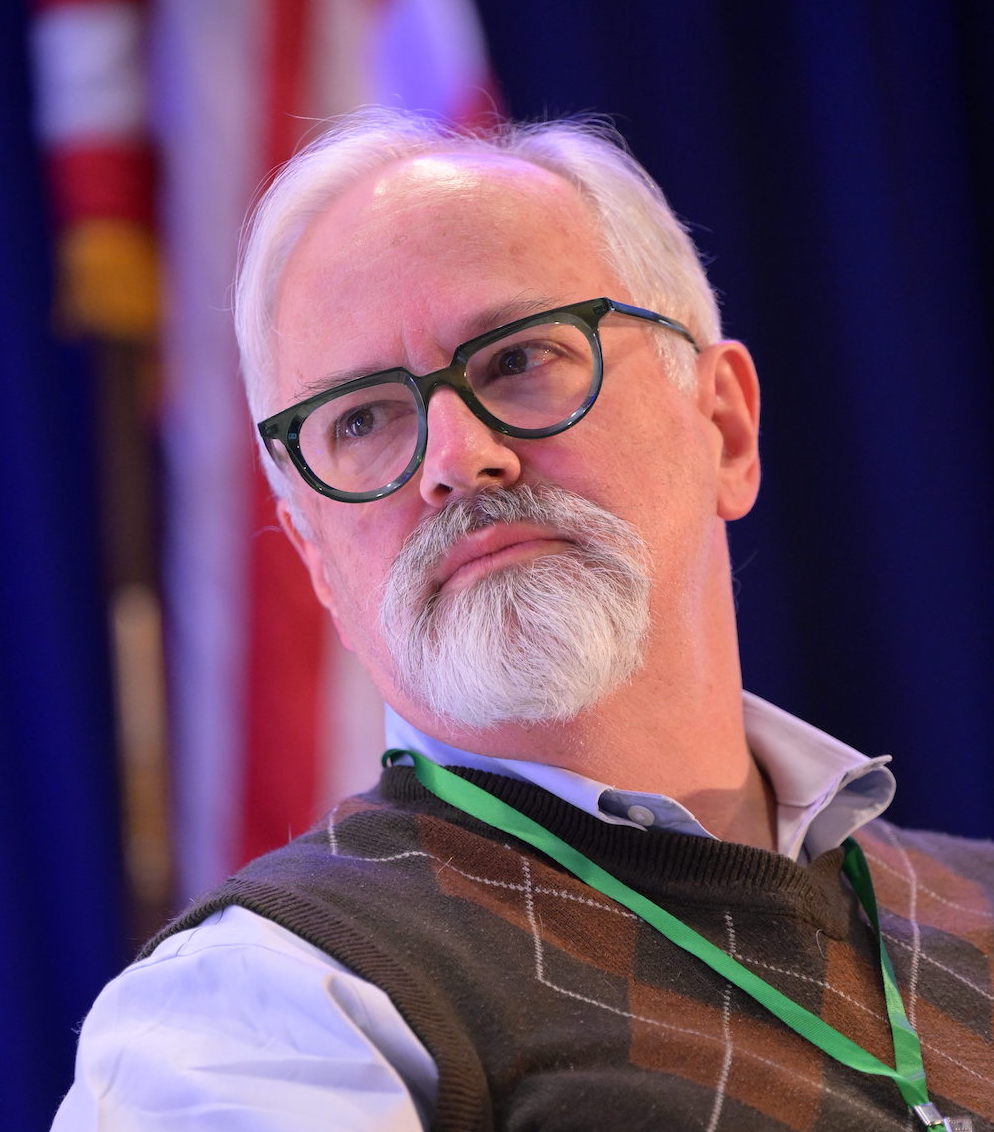
- Details
- By Brian Edwards
- Energy | Environment
While national organizations like the Native CDFI Network and Climate United will drive broad clean energy initiatives across Indian Country with Greenhouse Gas Reduction Fund “green bank” programs, other Native-focused groups will lead regionally targeted and reservation-focused efforts through the GGRF's Solar for All program, according to the EPA.
In all, the targeted funding is expected to bring more than $500 million for solar energy projects and help create clean energy jobs for tribal communities.
In the Great Lakes region, the Midwest Tribal Energy Resources Association (MTERA) will utilize $62 million from the Solar for All program to help 35 tribes in Minnesota, Wisconsin, and Michigan. They’ll work in partnership with the Alliance for Tribal Clean Energy, the Native CDFI Network, and nonprofit GRID Alternatives to implement solar projects and provide technical assistance to tribes.
Speaking to Tribal Business News for a recent story, MTERA Chairman Daniel Wiggins, Jr. (Bad River Band of Lake Superior Chippewa) said the program will provide “visible” benefits across tribal communities. All of that work will be guided by the tribes themselves, however.
[READ: Meet 5 leaders ready to transform clean energy finance in Indian Country]
“We’re putting tribes in the driver’s seat for their optimal solar portfolio,” Wiggins said. “We will provide tools and decision making support, but ultimately each tribe will define the specific project concepts on their land.”
In addition to collaborating with MTERA, Calif.-based GRID Alternatives, which received an overall $249 million grant for work across the country, will target tribes with a $62.4 million grant in New Mexico, Colorado, Utah, Arizona, and California. The funding will support subgrants and technical assistance for tribes deploying residential-level renewable energy.
The organization will leverage significant experience, says Tribal Programs Director Talia Martin, a member of the Shoshone-Bannock Tribes of Fort Hall, Idaho. GRID Alternatives has, for example, installed roughly 8 megawatts of tribal solar so far, she said. “We always looked at it as a major milestone and goal for GRID to maximize what we've learned to help others,” Martin said. “This is us doing our part to empower Indigenous sovereignty.”
In Alaska, the Alaska Tribal Solar for All program — a partnership between Tanana Chiefs Conference, the Alaska Native Tribal Health Consortium, and the Alaska Housing Finance Corporation — plans to focus on custom solar solutions that match the diverse living conditions around the state.
The Northern Plains Solar for All initiative, spearheaded by the Three Affiliated Tribes — the Mandan, Hidatsa and Arikara Nation (MHA Nation) —plans to address high electricity costs and frequent outages in North Dakota, South Dakota, and Montana. Building on a successful pilot project, the effort will increase solar installations and training programs to create jobs and self-sufficiency.
On the Hopi Reservation, a collaborative effort involving Hopi Utilities Corporation, Arizona State University, and the Hopi Renewable Energy Office plans to tackle severe inequities. The reservation-specific program will deploy solar and storage systems to address high poverty rates and unreliable electricity access.
